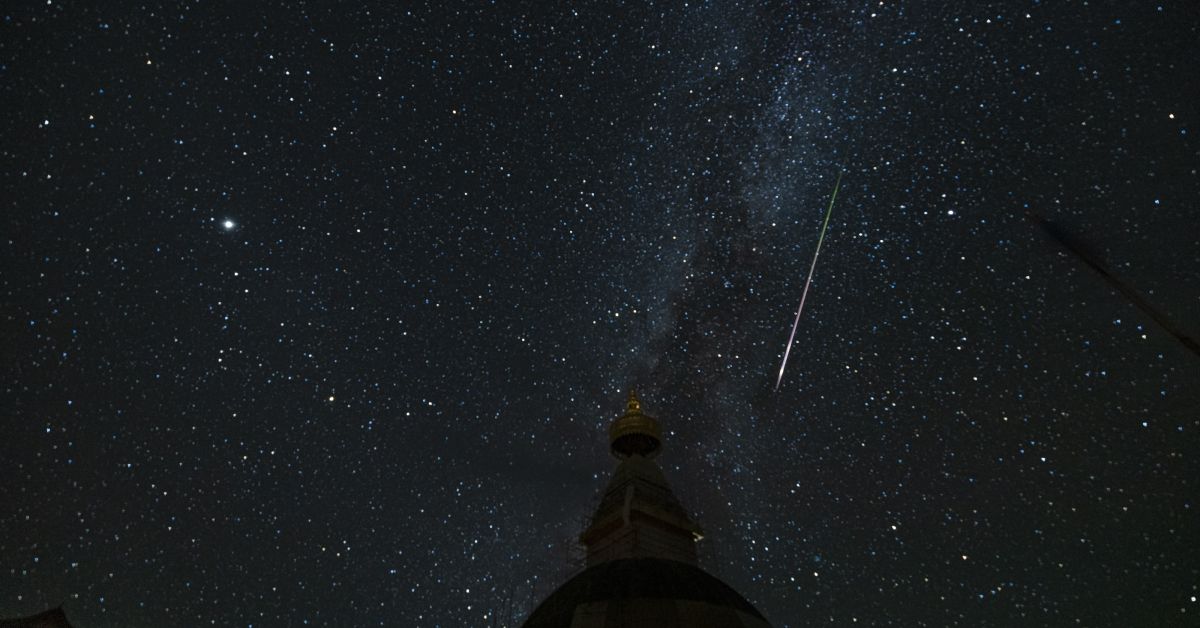Fact Check
In early May 2022, some internet users were rattled by headlines that warned a large asteroid was set to buzz Earth in coming days, causing an unspecified "hazard."
"Coming Thursday, A Potentially Hazardous Asteroid Will Zoom Past Earth; NASA Issues Warning," the website Mashable reported in a May 3, 2022, headline, for example.
To be clear, there is no known hazardous asteroid on a collision course with Earth in May 2022.
The space rock in question is named 2009 JF1, and in fact it won't even come close to us. So how did it become an object of fearful speculation?
According to technology news site CNET, astronomers watching 2009 JF1 initially thought it would swing by Earth at a closer distance than is now anticipated:
The asteroid had been on the European Space Agency Near-Earth Objects Coordination Center notable risk list, but it got kicked out of the top 10 in February. It was thought to have a 1 in 4,000 chance of hitting the planet during a close approach in May, but new data dropped that risk to 1 in 1,700,000.
Even if it had hit Earth, according to the ESA, there was little concern it would have caused major damage. "It is a small object, only about 10 m in diameter, and therefore the possible impact was not of significant concern," the space agency noted in February 2022.
But the fact it was initially judged to have a relatively high probability of hitting Earth and its approaching possible impact date (May 6, 2022) made astronomers pay attention. In February 2022, however, ESA stated the asteroid dropped off its top ten "risk list" after its orbit was further evaluated.
According to the European Space Agency (ESA), the rock was, as its name implies, first spotted in 2009 by NASA.
According to NASA, smaller asteroids hit Earth with relative frequency. They most often disintegrate in the atmosphere and don't cause damage. An exception was the meteor that fell over Chelyabinsk, Russia in 2013, which was, as NASA states, "the largest asteroid to hit Earth in this period."

